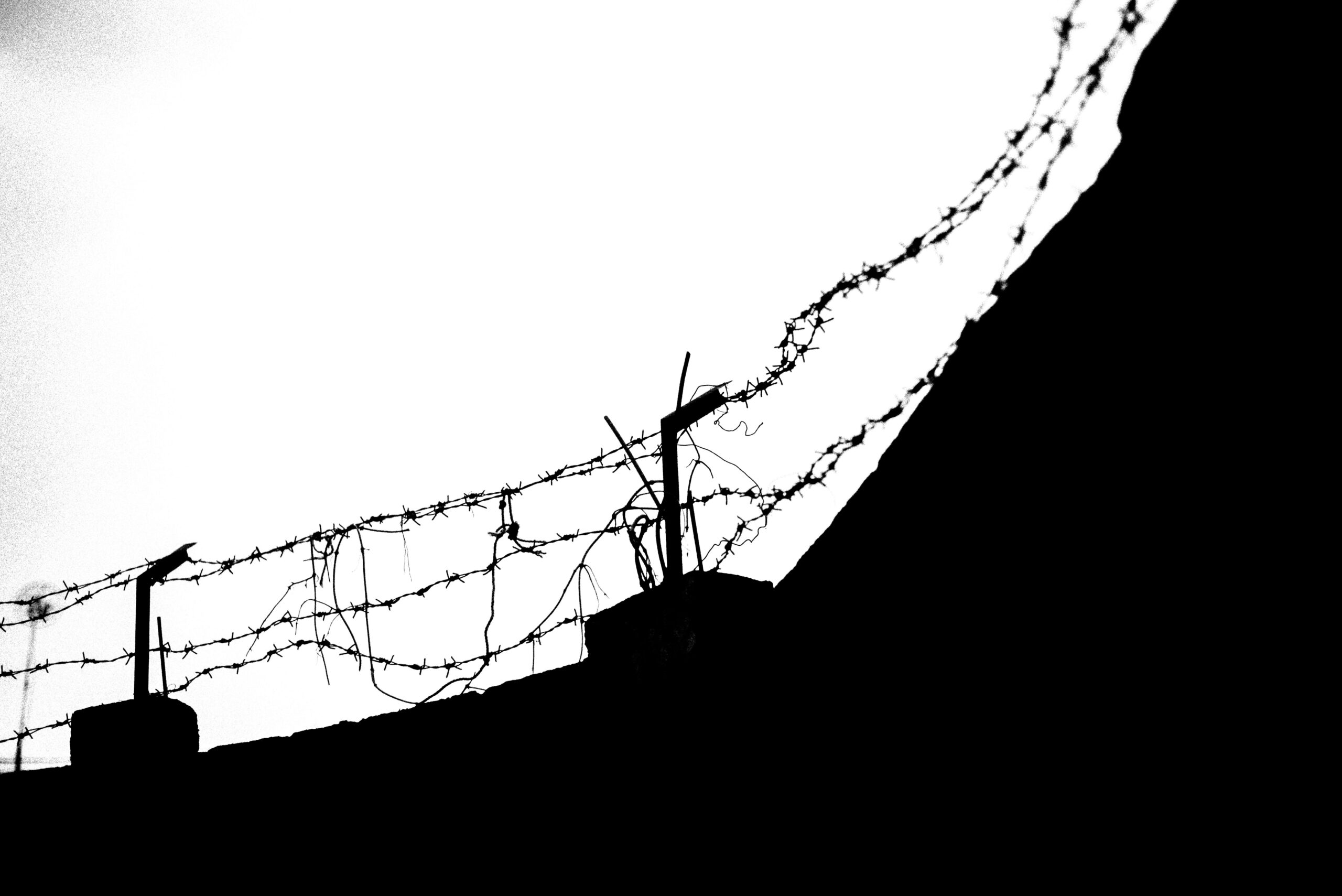By Jeremiah Bourgeois
You do not have to spend much time in a law library before discovering that legal precedents are easily abandoned or modified in order to reach a particular result. No lawyer, law professor, or legal commentator recognizes this more clearly than the prisoner does. I want to illustrate this phenomenon by evaluating a legal opinion in that I found particularly galling.
As a condition for obtaining habeas corpus relief from a federal court, a state prisoner must show that a state court’s ruling on the claim being presented in federal court was so lacking in justification that there was an error well understood and comprehended in existing law beyond any possibility for fair- minded disagreement.
State prisoners have an exceedingly high legal threshold to meet when challenging their convictions and sentences in federal court. A federal judge may believe that a state court decision is erroneous, yet nonetheless be precluded from granting relief because the question “is not whether a federal court believes the state court’s determination was incorrect but whether that determination was unreasonable-a substantially higher threshold.”i This standard is sufficiently elusive to allow decisions that could not be predicted by precedent or principle. The U.S. Supreme Court’s decision in Smith v. Spisak exemplifies how judges will give short shrift to facts, and will even obfuscate them, in order to reach the results that they desire-in this case, the desire that Frank Spisak Jr. be executed for his crimes.
Frank Spisak was convicted in 1983 for committing three murders and two attempted murders. The victims, all targeted because of the color of their skin (black) or ethnicity (Jewish), were shot down because, according to Spisak, he was on a ‘war’ for ‘survival’ of the ‘Aryan nation’ and felt it was his ‘duty’ to ‘inflict the maximum amount of casualties on the enemies.’
He also testified that he would continue his war if he ever got the chance. Not a sympathetic figure in the least. With his eagerness to go on further ‘search and destroy’ missions, it is easy to see why he was sentenced to death. The Court of Appeals overturned Spisak’s conviction and ordered a new trial after determining that his attorney’s performance was unacceptable. ii
In reversing the Court of Appeals finding that there was a “reasonable probability that a more adequate argument [by Spisak’s attorney] would have changed a juror’s vote,” a majority of the U.S. Supreme Court details, at length, just how homicidal Spisak was, yet all but omits the ineptitude of his attorney iii. They make a point of highlighting the few things that the attorney did right: he called three expert witnesses to testify that Spisak had mental defects that impaired his ability to conform to the law, and he made numerous appeals to the jurors’ sense of humanity.iv This recitation is just a prelude, however, to the conclusion that “we cannot find that a more explicit or elaborate appeal for mercy could have changed the result, either alone or together with the other circumstances just discussed.v The justices’ focus on Spisak’s mercilessness and their disregard for his attorney’s incompetence unbalanced the scales for weighing the prejudicial impact of the attorney’s performance-to wit, the probability that the outcome would have been different had the attorney performed competently. This is sophistry.
What the majority glosses over is finally revealed in Justice Stevens’s concurring opinion, where he writes:
It is difficult to convey how thoroughly egregious counsel’s closing argument was without reproducing it in its entirety. The Court’s assessment of the closing argument as ‘lengthy and rambling’ and its brief description of its content does not accurately capture the catastrophe of counsel’s failed strategy. Suffice to say that the argument shares far more in common with a prosecutor’s closing argument than with a criminal defense attorney’s. Indeed, the argument was so outrageous that it would have rightly subjected a prosecutor to charges of misconduct.vi
After citing instances in which the attorney described Spisak’s acts “in vivid detail” and argued that Spisak deserved “no sympathy for his actions,” Justice Stevens sums the attorney’s argument up by stating:
At no point did counsel endeavor to direct his negative statements about his client toward an express appeal for leniency. On the contrary, counsel concluded by telling the jury ‘whatever you do, we are going to be proud of you,’ which I take to mean that, in counsel’s view, ‘either outcome, death or life, would be a valid conclusion. vii
According to Stevens, the closing argument by Spisak’s attorney “grossly transgressed the bounds of what constitutionally competent counsel would have done in a similar situation.” viii Nonetheless, he concludes: “Spisak’s own conduct alienated and ostracized the jury, and his crimes were monstrous. In my judgment even the most skillful of closing arguments-even one befitting Clarence Darrow-would not have created a reasonable probability of a different outcome in this case.” Whether or not you agree (the Court of Appeals clearly did not), it is clear to me that Justice Stevens’s analysis was the more intellectually honest of the two Supreme Court opinions, for he did not resort to downplaying the egregiousness of the attorney’s performance in order to legitimate reinstating Spisak’s death sentence.
“Injustice anywhere is a threat to justice everywhere.”
Frank Spisak had a constitutional right to effective counsel, and his attorney was clearly ineffective. Frank Spisak has likely been put to death. Yet to ensure that this punishment was carried out, many within our judicial system had to turn a blind eye to an injustice. I have no respect for what Frank Spisak did. I feel nothing but contempt for the man. My personal feelings, however, do not blind me to this injustice.
i Schriro v. Landrigan, 127 S.Ct. 1933, 1939 (2007).
ii To prevail on this ‘ineffective assistance of counsel’ claim, Spisak had to demonstrate that his attorney’s representation “fell below an objective standard of reasonableness,” and that “there is a reasonable probability that, but for counsel’s unprofessional errors, the results of the proceeding would have been different.” Strickland v. Washington, 466 U.S. 668, 688, 694 (1984).
iii smith v. Spisak, 130 S.Ct. 676, at 685»87 (2010).
iv Id. at 687-88.
v Id. at 688.
vi Id. at 691-92 (internal citations omitted).
vii Id. at 692 (internal citations and quotes omitted). For the sake of brevity, I chose not to reproduce the examples given by Justice Stevens. However, it is worth reading, for it truly captures how outrageous Spisak’s attomey was, and reveals how glaring an omission it was for the majority not to cite it.
viii Id. at 693.





No Comments
Anonymous
November 27, 2012 at 8:00 amVery thorough analysis, Mr. Bourgeois. I enjoyed reading your work!
-Ms. Muul